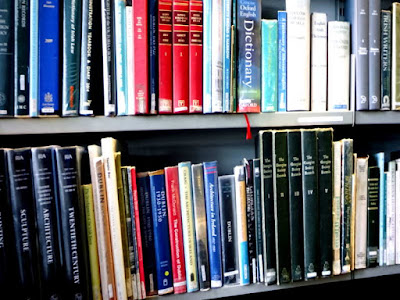Saturday, September 16, 2017
THE EBLANA THEATRE
I was very much looking forward to this exhibition but having visited it, I suppose I should set out where I was coming from, as I found it very disappointing.
I was involved with the Eblana Theatre in the early 1970s when Amalgamated Artists were putting on stuff there. I did sound effects for The Ginger Man, The Singular Man, Little Red Riding Would and Look Back in Anger.
So I was approaching the exhibition from a nostalgic theatrical angle. I realised that Gavin Murphy's interest was primarily in the use and quality of space as opposed to actual performance but I did expect to find enough of interest in the exhibition to make it worth a visit.
The principal space in the exhibition itself was a purpose built cinema/theatre for the screening of Gavin's video on the Eblana. But let me just comment first on the space that first came into view as I entered the premises.
On the right hand side were nine representations of a spinning top with slightly varying shapes and textures. Facing me was a series of stencils projecting at right angles from the wall and side-lit by a spotlight.
On the left hand wall were three vertical brackets housing curved structures at right angles to the wall and a tantalising picture of a small auditorium where just a few seats were highlighted.
I gathered that the curved structures were intended to be reminiscent of the curves in Busáras and that they were arranged to represent a timeline of activity in the Eblana Theatre.
The timeline had a peak around the middle to lower end of the central element and it quickly flattened out in the right hand element, representing the abandonment of the theatre space and its neglect ever since.
The stencils when read in sequence, either directly or from their shadows, formed a quotation but there was no angle from which the full text could be read at a single go.
This highlighted a problem that, while there all the time, became more evident in the photographs than to a person actually present and looking at the objects. The placing and shape of the spotlights here and in the timeline tended to produce hotspots making the peripheries problematical.
The video, or at least half of it, turned out to be more interesting but there did not seem to be a lot to it.
Michael Scott's own description of the genesis and construction of Busáras was interesting. I liked the use of domestic and foreign magazine articles of the day to illustrate Scott's voice. But I thought an opportunity was missed to reinforce the points by the addition of some forcefully presented contrasty black and white shots from the present.
Des Nealon's commentary on the Eblana itself was interesting but again the visuals were slow and unadventurous. The bookshelf in the Dublin City Library and Archive was over-used and the presentation of the theatre programmes was a bit too fast for my liking. I would have liked to read a few of them in detail rather than having them simply pass before me with their speed of movement representing the inevitable passage of time.
This segment has, however, whetted my appetite and I will be paying the Archive a visit in the near future to peruse them at my leisure.
I have said where I was coming from and maybe this was not the exhibition for me, so you should probably go to the Temple Bar Gallery + Studio site's page and read up on it for yourself.
And the spinning top.
I think it was still spinning as I left.
Subscribe to:
Post Comments (Atom)








No comments:
Post a Comment
Bona fide comments only. Spamming, Trolling, or commercial advertising will not be accepted.